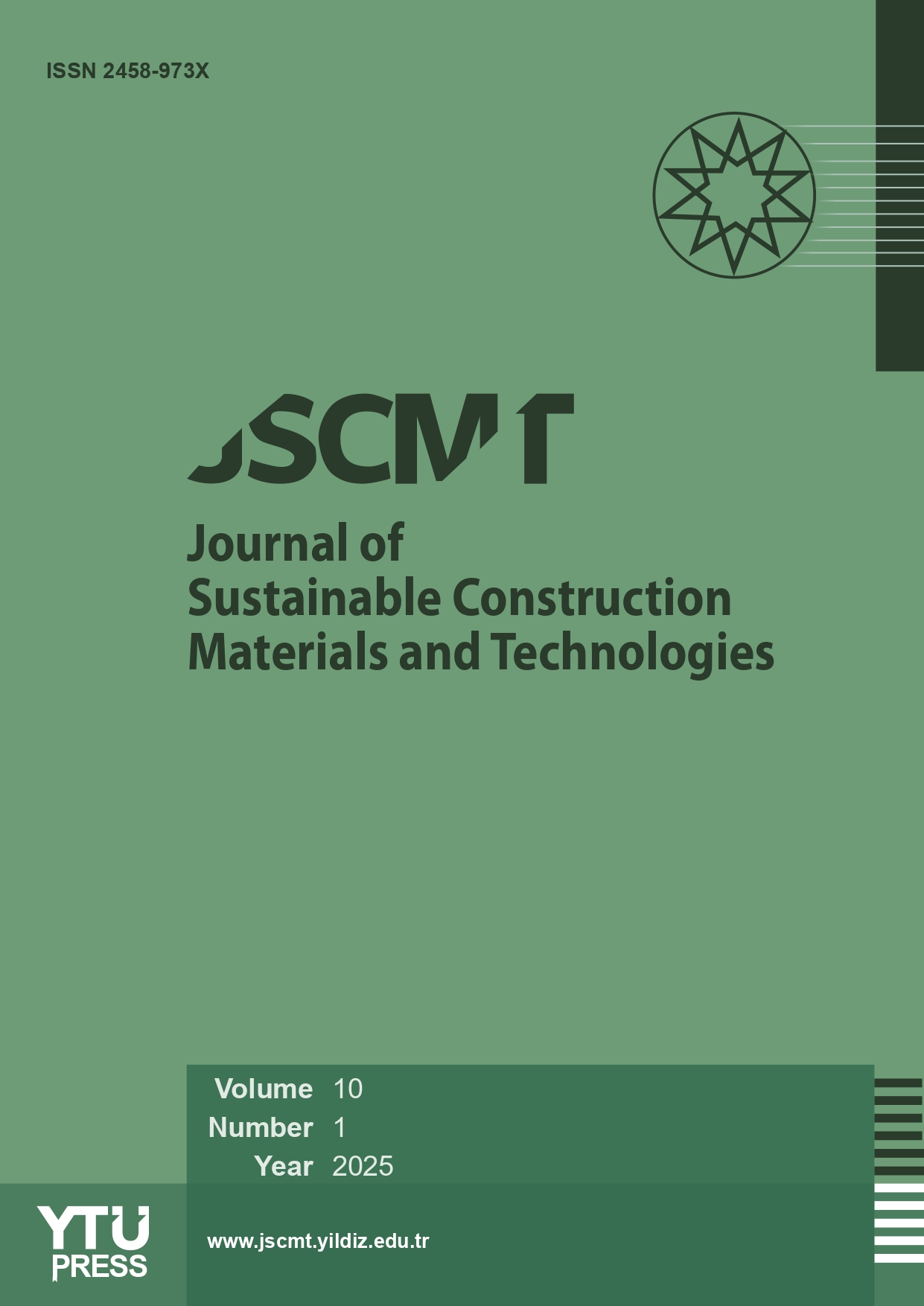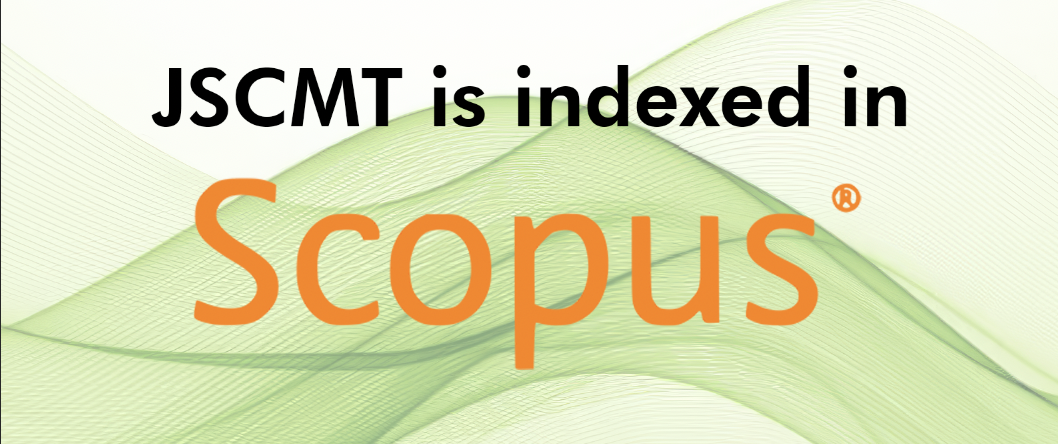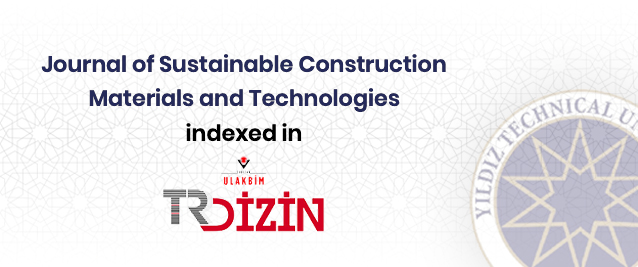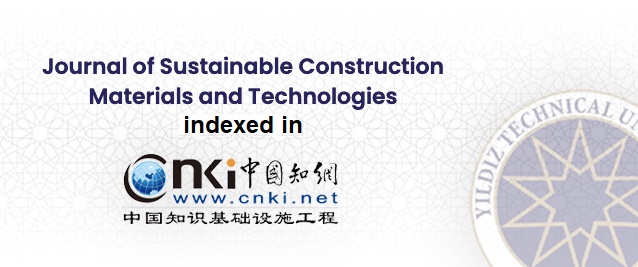2Department of Chemistry, Tekirdağ Namık Kemal University Faculty of Arts and Sciences, Tekirdağ, Türkiye
Abstract
In this study, theophylline (1) compounds were synthesized with addition of 2-bromoethanol, 2-bromoacetamide and methyl-2-bromoacetate to attain symmetric connections to NHCs (2a–c). New complexes containing the symmetric N heterocyclic carbene (NHC) ligands were synthesized using azolium salts in dimethyl formamide (DMF). After the NHC predecessor compounds reacted with Ag2O, Ag(I)-NHC complexes were synthesized in the following: 7,9-di-(2-hydroxyethyl)-8,9-dihydro-1,3-dimethyl-1H-purine 2,6(3H,7H)-dionedium silver( I)bromide (3a), 7,9-di(acetamide)-8,9-dihydro-1,3-dimethyl-1H-purine-2,6(3H,7H)-diondium silver(I)bromide (3b) and 7,9-di(methylacetate)-8,9-dihydro-1,3-dimethyl-1H-purine-
2,6(3H,7H)-diondiumsilver(I)bromide (3c). Both synthesized NHC predecessors (2a-c) and Ag(I)-NHC complexes (3a-c) were described by FTIR, 1H-NMR, 13C-NMR, liquid and
solid-state conductivity values, TGA analysis, melting point analysis and XRD spectroscopy. In-vitro antibacterial activities of NHC-predecessors and Ag(I)-NHC complexes were tested
against gram-positive bacteria (Staphylococcus Aureus and Bacillus Cereus), gram-negative bacteria (Escherichia Coli and Listeria Monocytogenes), and fungus (Candida Albicans) in
Tryptic Soy Broth method. Ag(I)-NHC complexes showed higher antibacterial activity than pure NHC predecessors. The lowest microbial inhibition concentration (MIC) value of compound 3a was obtained as 11.56 μg/ml for Escherichia Coli and 11.52 μg/ml for Staphylococcus Aureus. All tested complexes displayed antimicrobial activity with different results.
















